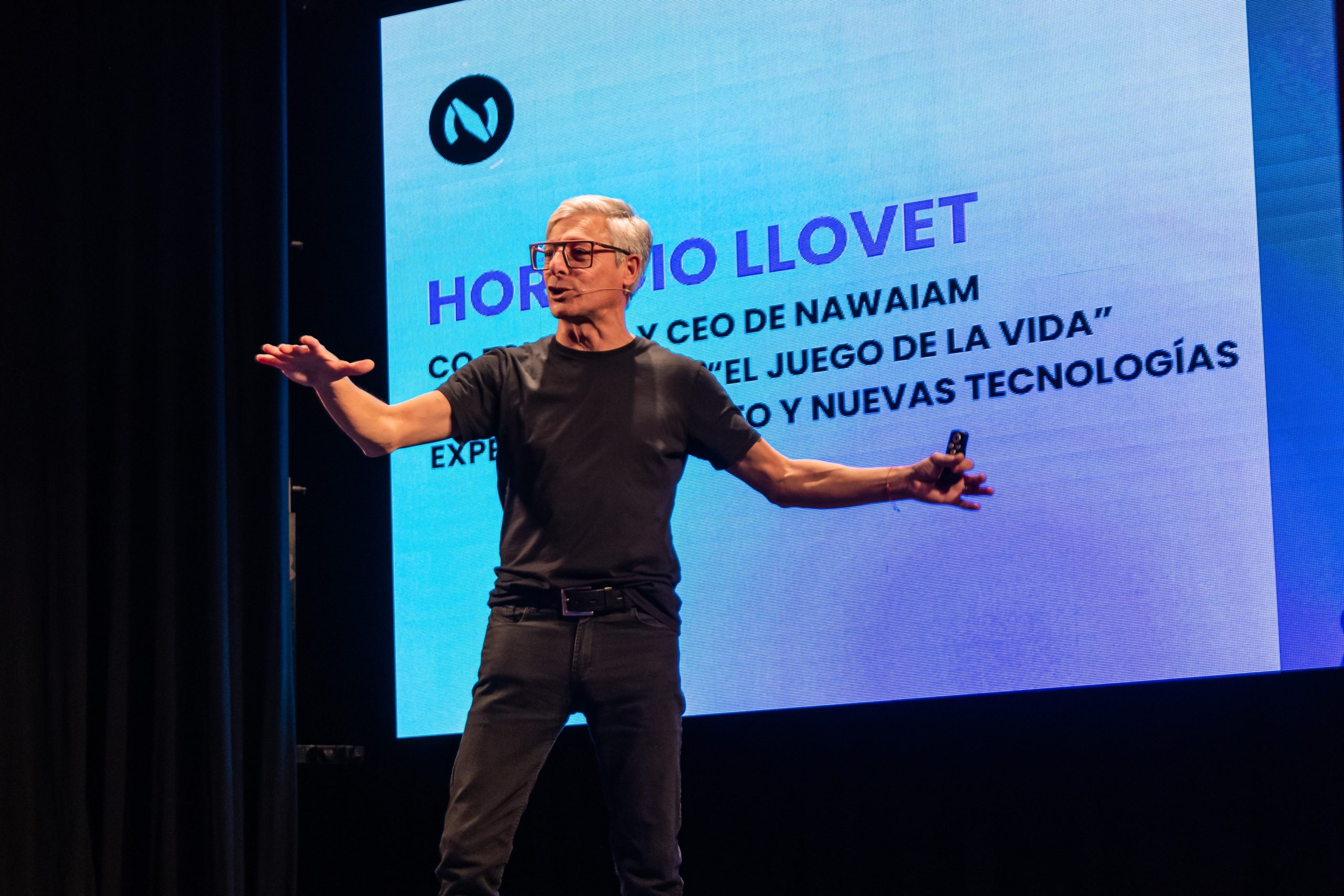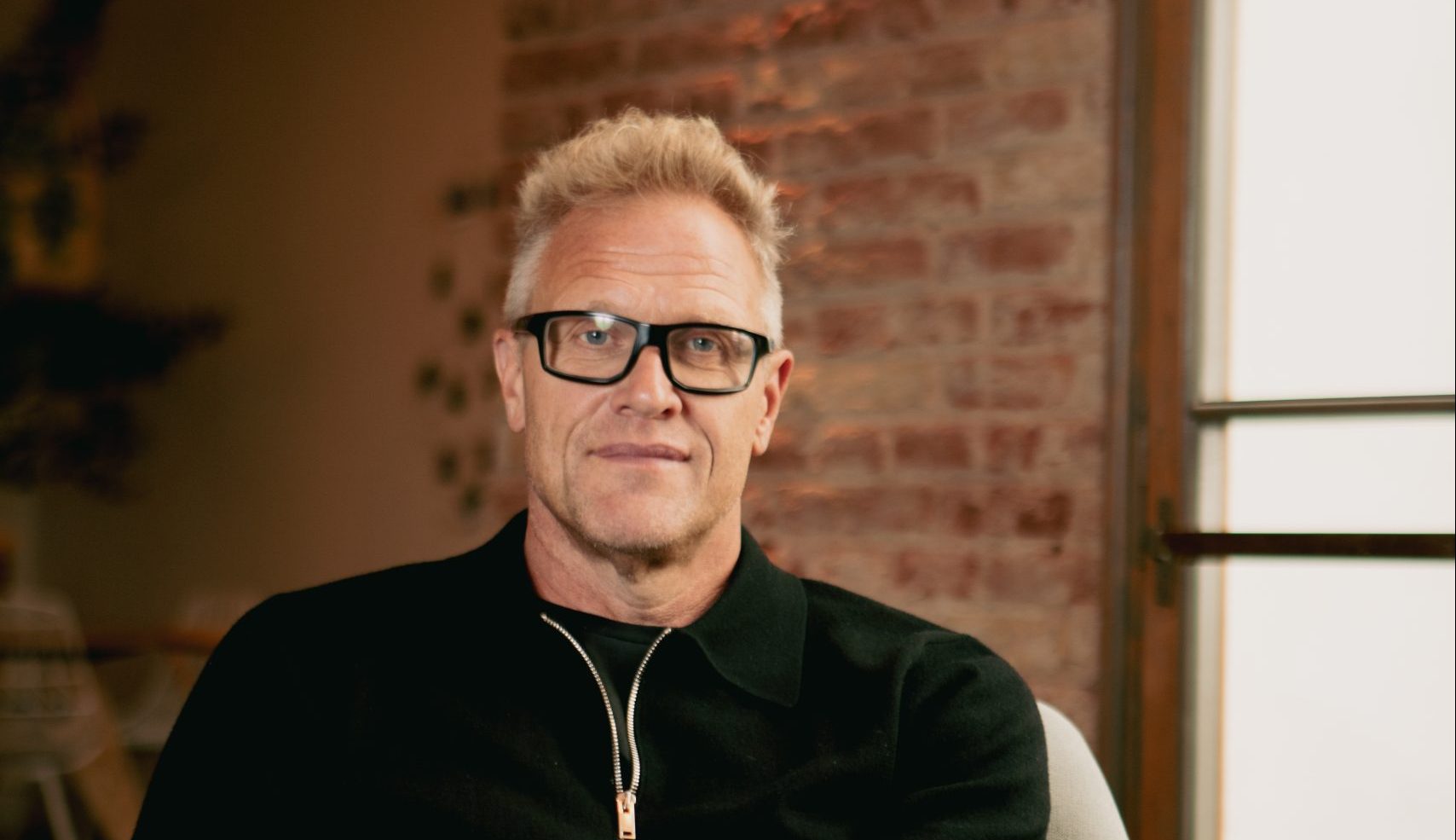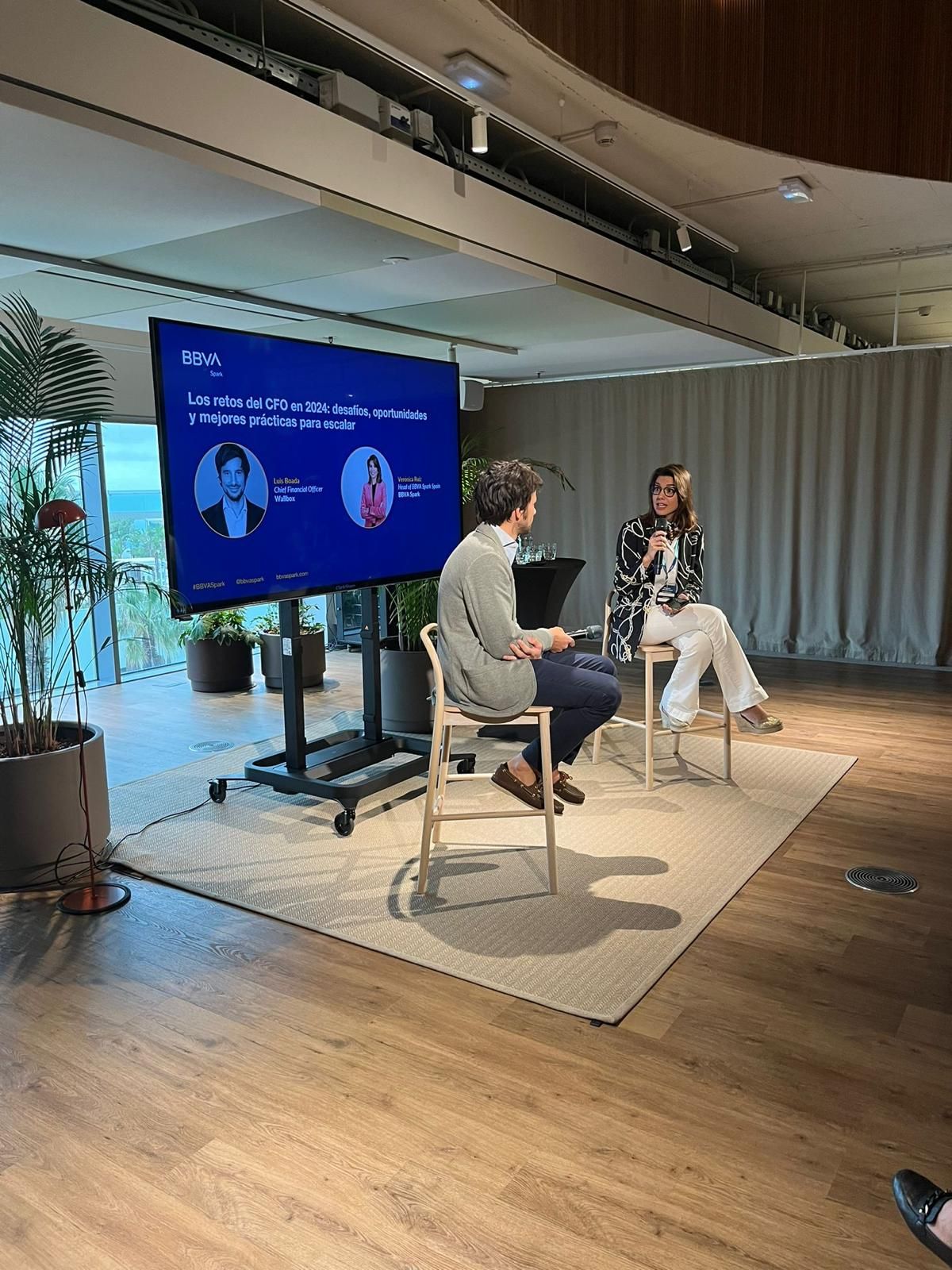How to turn an idea into a good product: what your startup’s digital design process should look like
After inspiration comes implementation, but the first thing is to be sure about what you want to offer and to be empathetic with your future user. From there, success will come if you hook your customer with a design that they can feel passionate about, have a good designer and offer a multi-platform service.
They say that everything has already been invented and that all the good ideas have been taken. It can seem hard to offer something different, even more so when the word that has resonated most in recent years has been entrepreneurship, particularly in the most digitised sectors. The pandemic has been a turning point, putting the brakes on some projects and providing a boost to others. In any case, having a good idea is now more important than ever.
But that’s not enough to win customers either: it needs to be formed into an attractive, easy-to-use and differential product, especially in the digital arena. If inspiration has already struck or you’ve already started your entrepreneurial project, here are some observations to help you fine tune your design.
What’s the first thing I have to ask myself?
When you have that light bulb moment and you start creating a product, the first thing is to stop and define the purpose of your business in detail. “You have to answer the questions, why should my idea exist? and how is it defined? Then you can start thinking about the identity and the representation of that digital product”, says Brian Farrell, founder and creative director of Far Co, a creative studio specialising in digital branding, digital products and systems. The expert adds that, throughout the design process, it’s essential not to lose sight of the “heart of the idea”.
Anxo López, Design manager at BBVA, agrees that design is more strategic “the closer it is to the initial conceptualisation moment”. Beyond some colours and a visual appearance, it should be understood from the beginning as something inherent to every aspect of the product. “Design has to interact with other areas, such as technology and marketing. It’s often the case that companies forget about design and then realise they need it when they’ve already defined everything”, suggests López.
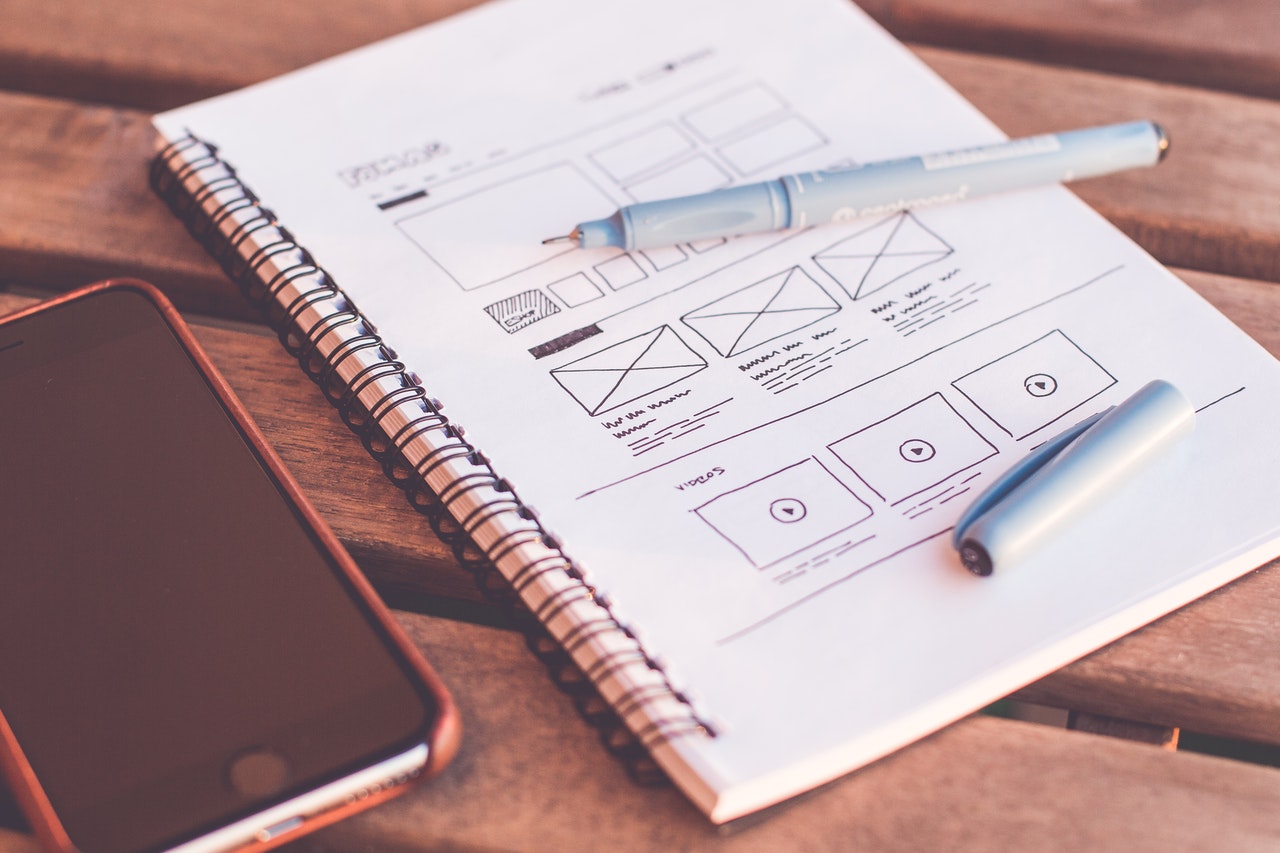
What steps should I take to design?
The first step can be to simply outline your idea. On a piece of paper, as a presentation or in a recording. López recalls the example of Dropbox: “Even before designing or developing anything, they made a video about how they imagined the application would work. They were solving the problem of having to move files using a pen drive. It worked really well and they didn’t expend very much effort in developing that first idea”.
Once outlined, it’s time to act, and you should keep a number of considerations in mind. Ethan Parry, researcher at UX and a member of the international Adobe XDI team, which took part in the BBVA Open Innovation InnovaHome Festival, details the following five aspects:
- Develop empathy… “You’re not designing something for you, but for customers. If you can’t fully identify yourself with their needs and challenges, they’re not going to see any value”, says Parry. To do this we can’t just sit behind a screen alone. Although it’s currently tricky to establish direct contact, Parry reminds us that “you also have to go out into the street and learn from users”.
- …but without asking directly. “You should be the one to design it. Rather than asking questions, exchanging ideas and generating a bias, it’s much better to observe and learn from customers passively”, recommends the expert.
- Don’t focus on aesthetics. “It won’t fix a useless product, however well designed it is – if it doesn’t solve a problem, it won’t be of any use”.
- Re-evaluate again and again. Agile methodology also prevails in design. “You should constantly reassess your situation and readjust it as it changes”, says Parry.
- Document everything. Ideas, drafts, rejects, processes. “This is of particular importance if you’re an entrepreneur, to have a foundation for the future”, he adds.

But has everything really been invented already?
Although it may seem like everything’s been invented, design offers us the opportunity to turn things on their head, to showcase new ideas and to present them in a new and attractive way. Anxo López from BBVA gives us the clear example of the video call applications that experienced a serious boom during the pandemic: “Skype, Google, Teams and Webex are some examples of popular applications. But suddenly, a new company – Zoom – finds a better way of doing things, turns the user experience around and becomes the industry leader”. The expert recommends that we focus on people to achieve these goals.
How can I enamour my customers?
Design has to meet the user’s demands and be functional, fast, glitch-free, reliable, attractive, fun and easy to use. Yes, that’s a long list, but researcher Ethan Parry quotes the pioneer of emotional design and human-computer interaction Don Norman, and the three levels that he established for making users tick:
- Visceral. “This has to do with attraction and creating a ‘wow’ factor. If the product is attractive and fun, people will believe that it’s easy to use”, says Parry.
- Behavioural. You have to understand how users will interact with the product “to get the right feedback and improve their experience”, he explains.
- Reflective. “Emotions, memories, personal satisfaction and experience” are directly involved here when customers use the product. A more personal relationship can mean that they also recommend it to other people.
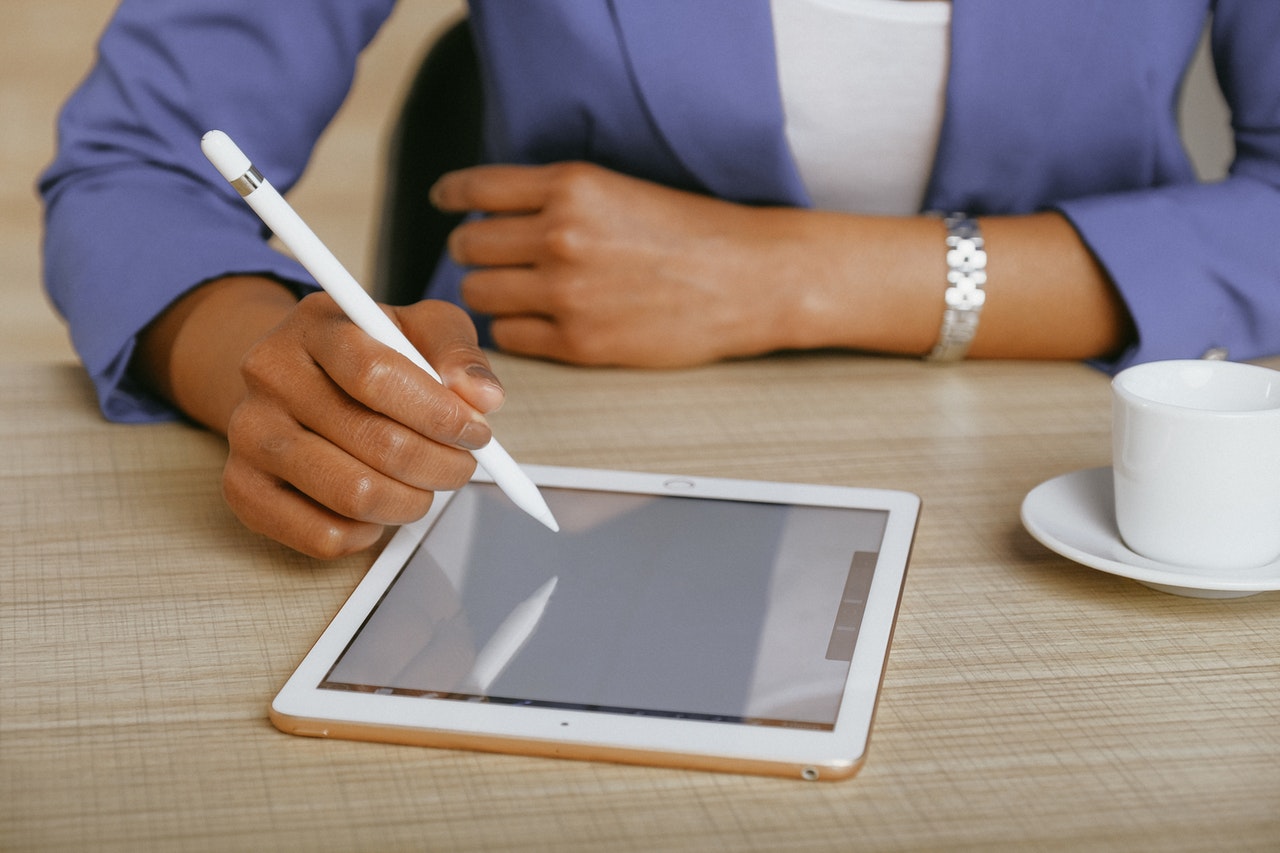
How can I tackle all the digital channels?
Designing a physical product that fits in a single space is an intricate process, but the digital space is extra complex: the service has to be available to users across all possible digital channels, meaning that it has to be multi-platform.
“You have to think of digital systems as systems of systems. For instance, Spotify is on your mobile phone, your TV, your computer and your car’s touch screen interface, and we interact differently with each platform”, explains Brian Farrell from Far Co. That’s why, from a design point of view, “we need a different pattern for each channel, but at the same time all these need to be connected along the entire digital chain to offer a whole experience”.
Who do I need on my team to do all this?
A designer, of course, but not just anybody. “You need someone who has a more strategic vision, but who also doesn’t mind moving quickly to prototyping and formalisation”, suggests BBVA’s Anxo López. The expert points out that in addition to quality and polish where execution is concerned, it’s imperative that “they help you to explore”. This generates efficiency, saves you time and ensures that projects are feasible.
In summary?
Even with a good idea as a starting point, design can save you a lot of money and effort. “It’s better to design something and see if, although it doesn’t work yet, it makes sense and offers value to users, rather than spending a load of time developing and then launching it only to find that it makes no sense. Designing takes less time than developing,” López assures us.
The three experts agree that, above all, the basis of everything is to be clear about your idea. As Brian Farrell of Far Co sums up: “You should have a really strong brand objective, be aware of your values, define what they are and why you have them, be clear about what you are going to offer the world and communicate it with experiences and content around your product design”. And don’t let the light bulb go out.

